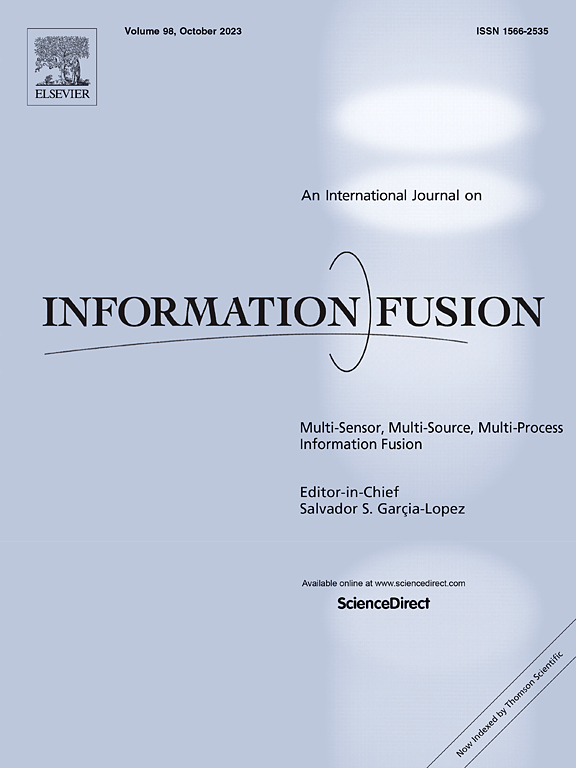自动学术论文评审的大型语言模型:综述
IF 15.5
1区 计算机科学
Q1 COMPUTER SCIENCE, ARTIFICIAL INTELLIGENCE
引用次数: 0
摘要
大型语言模型(llm)对人类社会产生了重大影响,影响着各个领域。其中,学术界不仅仅是受法学硕士影响的领域,也是法学硕士发展的关键力量。在学术出版中,将法学硕士纳入审稿的同行评议机制就体现了这一现象。法学硕士具有全面实施自动学术论文评审(ASPR)的变革性潜力,但它们也提出了需要解决的新问题和挑战。在这篇调查论文中,我们的目标是提供法学硕士时代的ASPR的整体观点。我们从一项调查开始,找出哪些法学硕士被用来进行ASPR。然后,我们回顾了结合LLM技术解决了哪些与aspr相关的技术瓶颈。在那之后,我们继续探索新的方法、新的数据集、新的源代码和新的在线系统,这些都是为ASPR提供llm的。此外,我们总结了法学硕士在ASPR中的表现和问题,并调查了出版商和学术界对ASPR的态度和反应。最后,我们讨论了与ASPR法学硕士发展相关的挑战和未来方向。本调查对研究人员有一定的启发作用,对ASPR的实际实施有一定的推动作用。本文章由计算机程序翻译,如有差异,请以英文原文为准。
Large language models for automated scholarly paper review: A survey
Large language models (LLMs) have significantly impacted human society, influencing various domains. Among them, academia is not simply a domain affected by LLMs, but it is also the pivotal force in the development of LLMs. In academic publication, this phenomenon is represented during the incorporation of LLMs into the peer review mechanism for reviewing manuscripts. LLMs hold transformative potential for the full-scale implementation of automated scholarly paper review (ASPR), but they also pose new issues and challenges that need to be addressed. In this survey paper, we aim to provide a holistic view of ASPR in the era of LLMs. We begin with a survey to find out which LLMs are used to conduct ASPR. Then, we review what ASPR-related technological bottlenecks have been solved with the incorporation of LLM technology. After that, we move on to explore new methods, new datasets, new source code, and new online systems that come with LLMs for ASPR. Furthermore, we summarize the performance and issues of LLMs in ASPR, and investigate the attitudes and reactions of publishers and academia to ASPR. Lastly, we discuss the challenges and future directions associated with the development of LLMs for ASPR. This survey serves as an inspirational reference for the researchers and can promote the progress of ASPR for its actual implementation.
求助全文
通过发布文献求助,成功后即可免费获取论文全文。
去求助
来源期刊

Information Fusion
工程技术-计算机:理论方法
CiteScore
33.20
自引率
4.30%
发文量
161
审稿时长
7.9 months
期刊介绍:
Information Fusion serves as a central platform for showcasing advancements in multi-sensor, multi-source, multi-process information fusion, fostering collaboration among diverse disciplines driving its progress. It is the leading outlet for sharing research and development in this field, focusing on architectures, algorithms, and applications. Papers dealing with fundamental theoretical analyses as well as those demonstrating their application to real-world problems will be welcome.
 求助内容:
求助内容: 应助结果提醒方式:
应助结果提醒方式:


